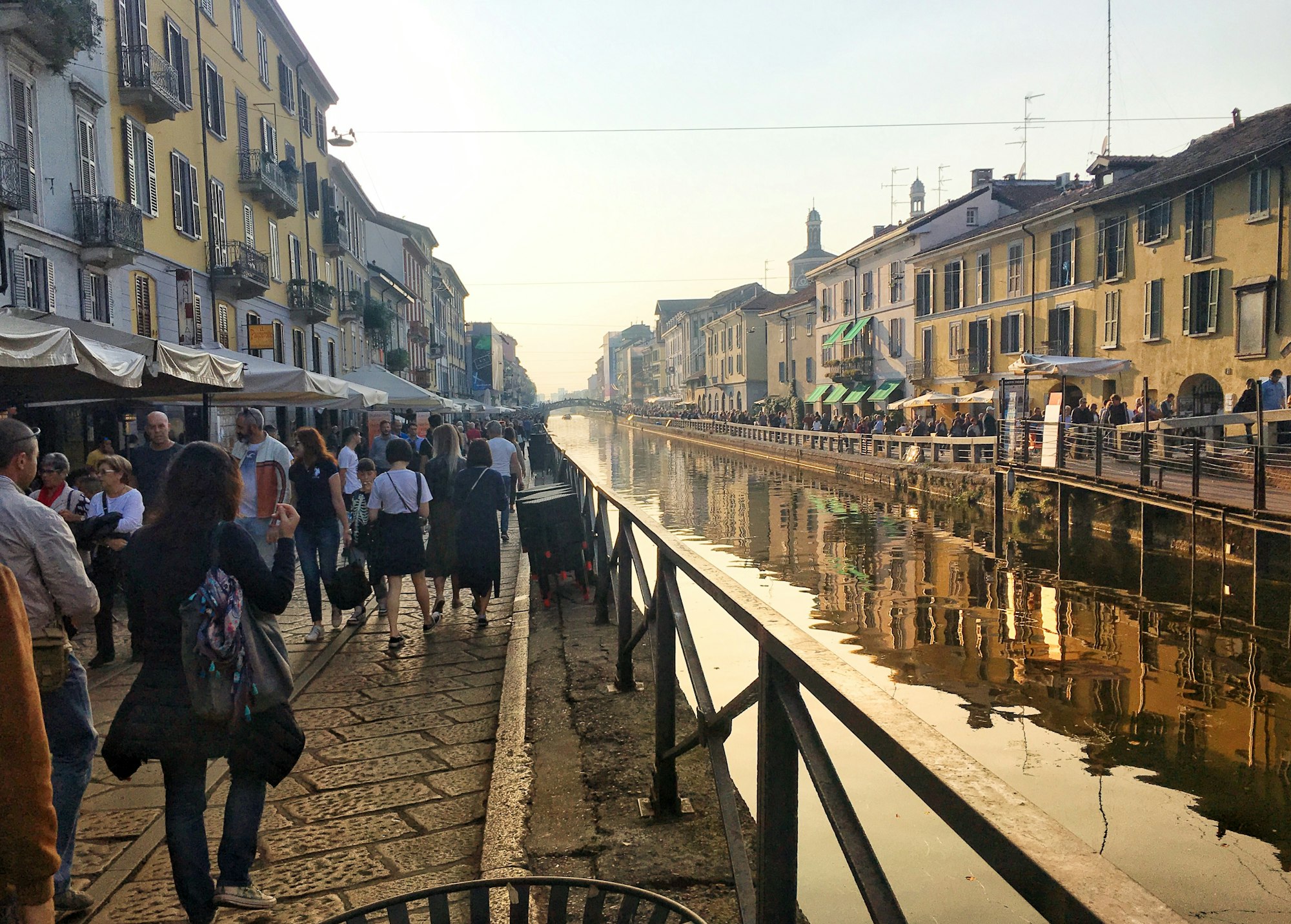In the first three months of 2021, public health measures remained in force following, by and large, the pattern established after the pandemic's autumnal recurrence. It consists of a differentiated approach between national baseline restrictions (“yellow” zones), where the risk of infection is moderate, and more stringent measures for the most affected regions amounting to a three-tier regulation system. The second tier (“orange” zones) regards the case that epidemiological data point to a medium-risk level scenario. The third tier (“red” zones) concerns a high-risk scenario. The specific regulations for each zone are enacted by PM decrees, while the Minister for healthcare decides the regime applicable to each region upon consulting with the affected regions.
The resignation of Prime Minister Giuseppe Conte on 26 January 2021, prompted by disagreements with a junior coalition party (Italia Viva, whose leader is the former PM Mr Matteo Renzi) on the design and management of the so-called “recovery plan” funded by the EU, opened a cabinet crisis. The former president of the European Central Bank, Mario Draghi, formed a new Government that all parties in Parliament backed (except for the far right-wing party Fratelli d’Italia). The new PM and the cabinet swore into office on 13 February 2021. In his speech to the Houses to obtain the vote of confidence, Mr Draghi mentioned as his priority the implementation of a vaccination plan and extensively referred to the Next Generation EU recovery plan. He did not address the containment measures issue, save for promising to do “whatever it takes” to come back as soon as possible to everyday life.
Meanwhile, the statutory decree 14 January 2021, no. 2, besides extending to 30 April the sunset clause for enacting the containment measures based on the two “framework” statutory decrees no. 14 and 33 of 2020, had instituted a new “white zone”. Regions included in this zone are classified at a low infection risk, namely where contagions are less than 50 for a hundred thousand population. They are exempted from most of the restrictions but have to respect some protocols established by further PM decrees. In particular, people must wear a protective mask in public spaces and observe physical distancing. The ban on events involving large gatherings such as concerts, congresses, dancing in public halls applies. The public is not admitted to sports competitions. Sardinia was the only region under the white zone regime, but then rapidly moved first to the orange and the red regime on 13th April 2021.
After taking over, the new Government enacted two more statutory decrees. The statutory decree 23 February 2021, no. 15, followed by a PM decree on 2 March 2021, reiterates the prohibition from travelling across regions, saving for work, healthcare, and necessity. Moreover, it clarified that in red zones, people could not visit any other residence than their principal one. The statutory decree 13 March 2021, no. 30, regards a partial tightening of the containment measures besides measures to sustain workers with children up to 16 years old who are either on remote teaching or in quarantine. The more stringent rules – applicable over the period from 15 March to 2 April 2021 – amounts to the scaling up of the regime of yellow zones to that of the orange zones.
Moreover, on Easter days (3, 4, 5 April), the red zone regime applied countrywide. Presently, according to the Minister for Health ordinances, all the regions are included in the orange zone, except for Campania, Puglia, Sardinia, and Valle d'Aosta, which are red.
Primary and middle schools have been resuming to teach in person since 7 April 2021. In high schools, at least 50% of teaching to a maximum of 75% is to be done in person while the remaining arranged remotely. Universities carry on by remote education.
At the net of the said stricter rules, the Government has refrained from imposing a new national “lockdown”. However, from different quarters, they came calls for taking this course of action given the failure to deflate the epidemiological rate and effectively take on the vaccination campaign. The March 1 – 7, 2021 report by the Superior Institute for Healthcare signalled that “for the sixth consecutive week, a worsening in the general level of epidemic risk in Italy has been reported, with a further acceleration in the increase in incidence at the national level, and an increasing average Rt, compared to the previous week and above the epidemic threshold”.
Among others, Professor Andrea Crisanti, a councillor of the Minister for Healthcare Mr Roberto Speranza – who also served as the Minister for healthcare in the previous cabinet – aired his doubts about the tier's regime efficacy and recommended a decisive new national lockdown.
From a constitutional perspective, the main novelty of the Government’s approach to the restrictions is that apparently, Mr Draghi wants to forsake the resort to PM decrees as the essential source of the containment measures. Instead, statutory decrees only, which the Parliament must scrutinise, will be used to limit rights and liberties.
TWEET
